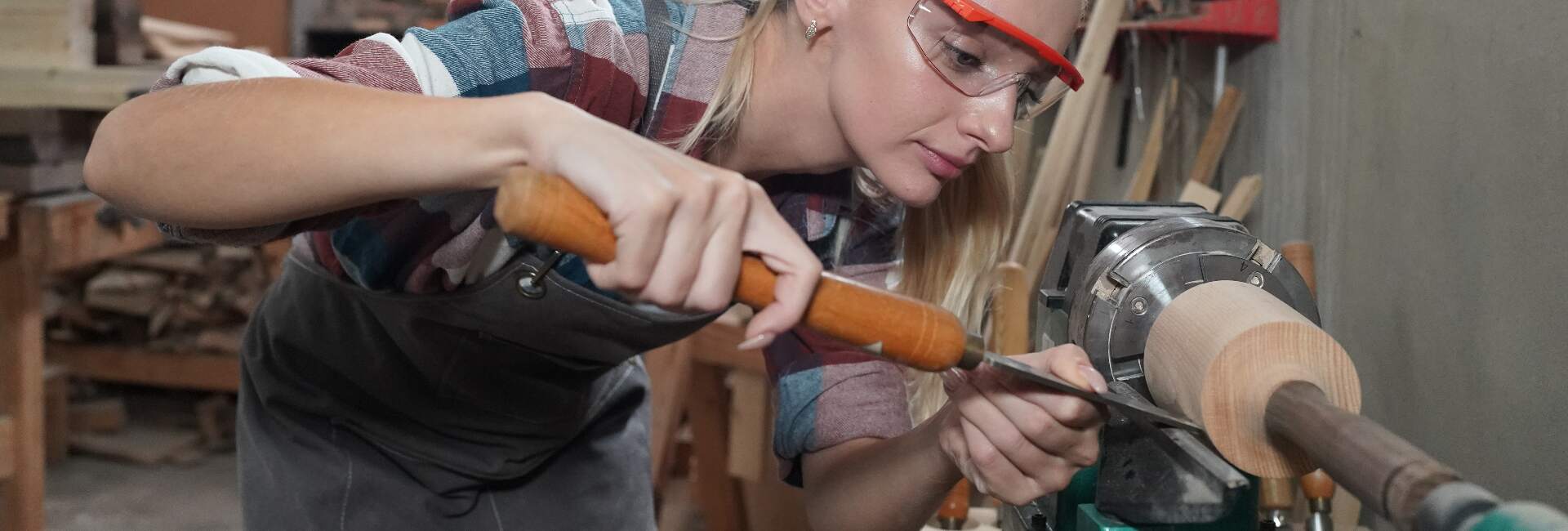Tennis elbow, clinically referred to as lateral epicondylopathy or lateral elbow tendinopathy (LET), is not actually exclusive to tennis players. It is named for its high incidence in the sport of tennis, but in fact, the most common populations to deal with this condition are individuals who have jobs that require repetitive gripping, heavy lifting, or various non-neutral wrist postures. Examples include electricians, carpenters, gardeners, and even desk workers. It is also often seen in other sports that involve racquets, throwing, or swimming.
Lateral epicondylopathy is characterized by localized pain in the lateral aspect, or outside, of the elbow, and is generally aggravated by activities that involve gripping and lifting. LET, like many tendon conditions, is considered an overuse injury. Specifically, it involves repetitive loading of the wrist extensor muscles, which are responsible for wrist extension and radial deviation (bending your wrist backward and toward the thumb, respectively).
These muscles attach to the wrist, then run along the back of the forearm and cross the elbow where the tendons attach to the lateral epicondyle of the humerus (hence the name), a protuberance on the outside of the upper arm bone.

In tennis players, the wrist extensors are used primarily in backhand strokes.
Risk factors for tennis elbow
Some risk factors of LET include:
- an excessive volume of associated activities
- too much load or force on the wrist extensor muscles and tendons
- an abrupt increase in activity level
- weak forearm and shoulder muscles
- poor neuromuscular control of the arm
Tendon injuries also tend to be more common with increased age.
Physical therapy for tennis elbow
Thankfully, physical therapy is one of the best options for the management of tennis elbow. Physical therapists can accurately diagnose lateral epicondylopathy with various specific tests performed in the clinic.
During an assessment, a physical therapist will look for:
- point tenderness at the lateral epicondyle
- pain and weakness with certain wrist and elbow motions
- weakness with grip strength testing
- limited flexibility of the forearm muscles
Perhaps most importantly, a physical therapist will also be able to identify what other underlying contributing factors need to be addressed, such as shoulder weakness or limited wrist mobility, that impact the mechanics at the elbow.

Bracing and taping are common interventions for tennis elbow and while they can be helpful, they mainly work to reduce tension and relieve pain during muscle contraction, so they are not a long-term solution to the root problem. The focus of rehabilitation for lateral epicondylopathy has shifted from rest and inflammation control to progressive strengthening as more and more evidence supports this management approach for tendon injuries.
Strength training for a painful tendon does not mean our patients are taught to push through the pain to perform heavy dumbbell exercises. It means the physical therapist will determine what amount of load is appropriate for the given stage of an injury in order to develop a progressive strengthening program. Usually, this kind of program starts with isometrics in order to initiate load to the tendon while decreasing pain. Over time, exercises progress to higher resistance and fuller movements, then eventually to endurance training and plyometrics depending on the needs of each patient’s lifestyle or job requirements.
Other components of PT treatment for tennis elbow include stretching exercises, transverse friction massage, joint mobilizations, and other manual therapy techniques aimed at improving the mobility of the surrounding joints and soft tissues in order to reduce pain and improve movement quality.
How do I know if it is tennis elbow?
Unfortunately, many different elbow conditions get misdiagnosed as tennis elbow prior to a patient’s arrival at a PT clinic. However, physical therapists are trained to properly differentiate between various common diagnoses such as the following:
- Medial epicondylopathy or golfer’s elbow (a similar condition, which involves the wrist flexors and pain on the inside of the elbow)
- Radial tunnel syndrome and posterior interosseous nerve (PIN) syndrome (both nerve entrapments of the radial nerve)
- Elbow osteoarthritis
- Cervical radiculopathy (pain referral from the neck due to nerve irritation)
- Elbow instability or ligament injury
The good news is, even if you have an elbow condition other than LET, all of the above diagnoses can also be successfully treated by a PT!
Physical therapy is the optimal choice for treating elbow pain because physical therapists are best at identifying the underlying movement dysfunctions that led to the injury in the first place, and they will provide an individualized and comprehensive treatment plan that balances pain management, manual therapy, and progressive exercise. They will also be able to simultaneously address the neck, shoulder, wrist, and hand – all body areas that can contribute to issues at the elbow.
If you or someone you know suffers from elbow pain, find a Therapeutic Associates Physical Therapy clinic near you right away! You can take action to fix it with the help of a physical therapist.

Unfortunately, elbow tendinopathies can be stubborn and sometimes take months to fully recover, but with the help of a physical therapist, you can be on the road to recovery soon.
Knowing what to expect at your first physical therapy appointment can alleviate any reservations you might have, and you might also appreciate knowing a little about who we are at Therapeutic Associates. Direct access means you can choose a PT that fits your needs without the need of a doctor’s referral. Start your journey at a clinic near you today.

Your pathway to healing.
As physical therapists, we know the importance of movement for overall health and well-being. From injury recovery to achieving optimal performance, our passion is to help every patient reach their goals and live an active, pain-free life. Get started with PT today!

